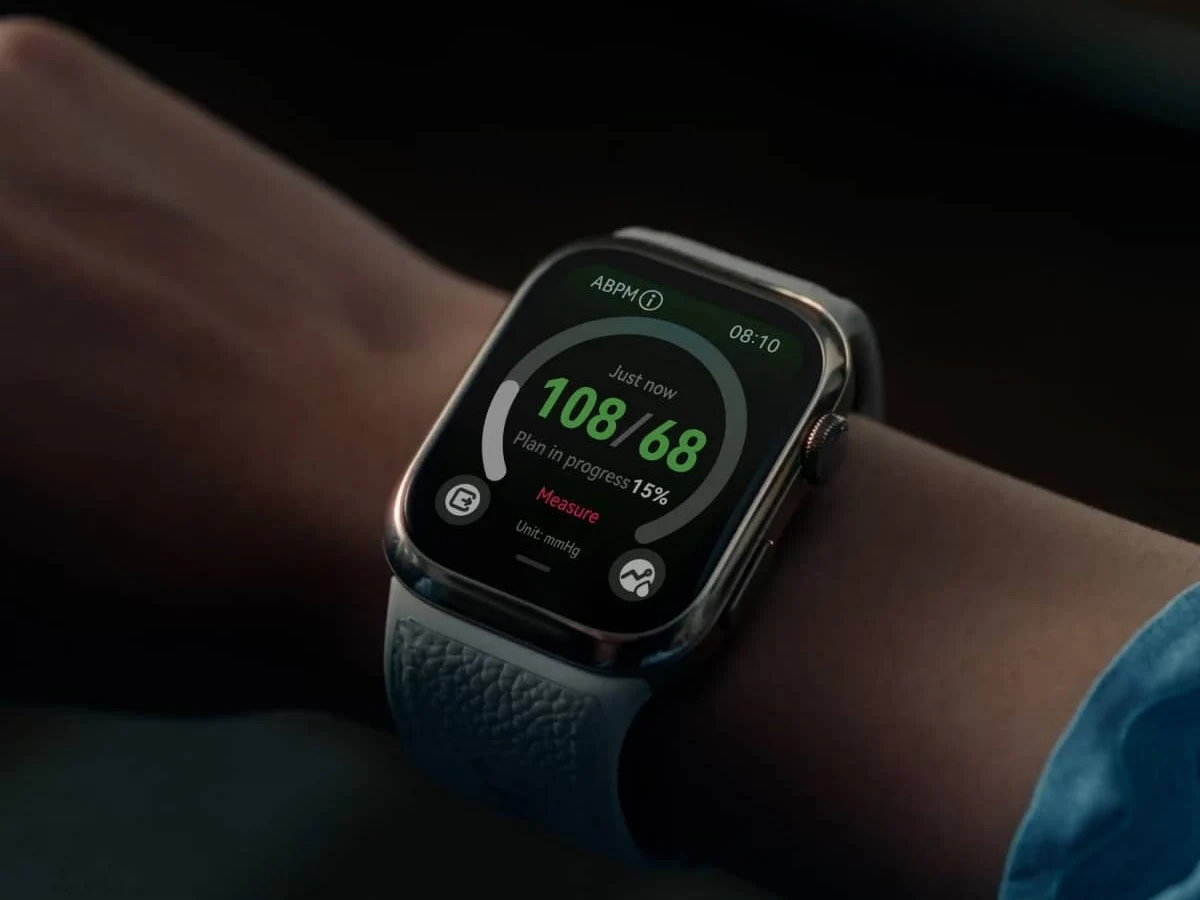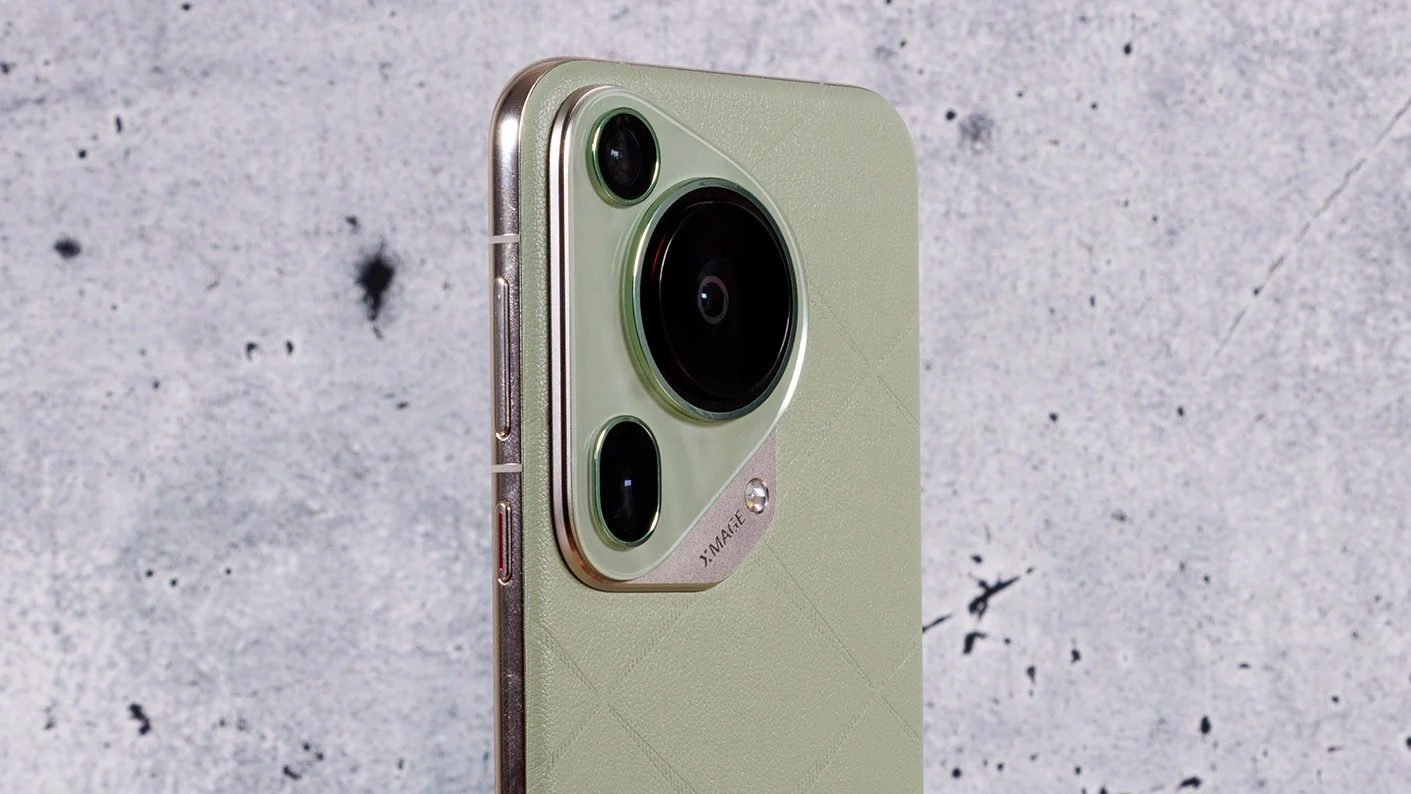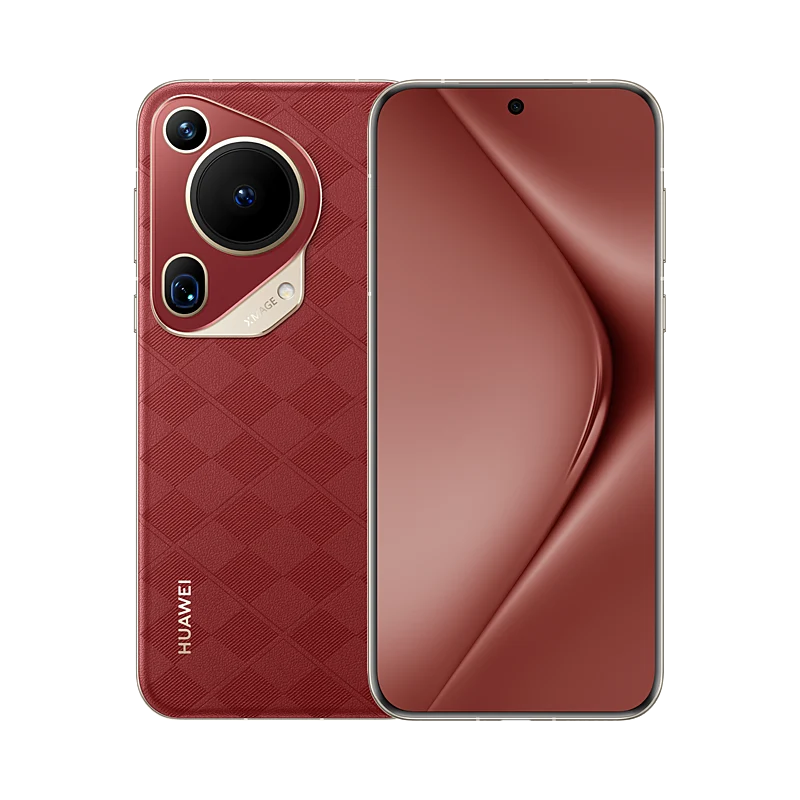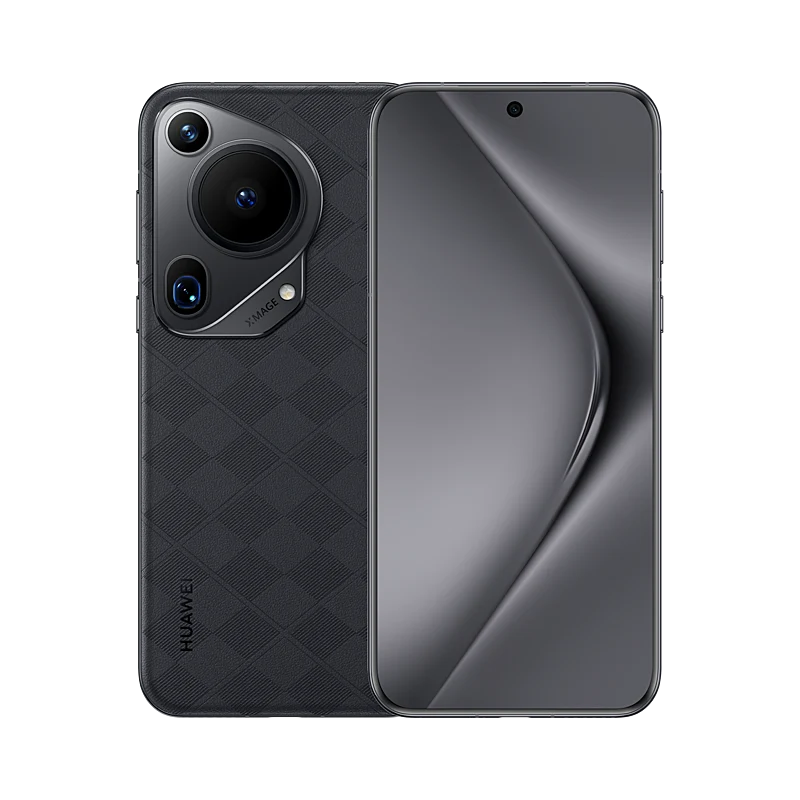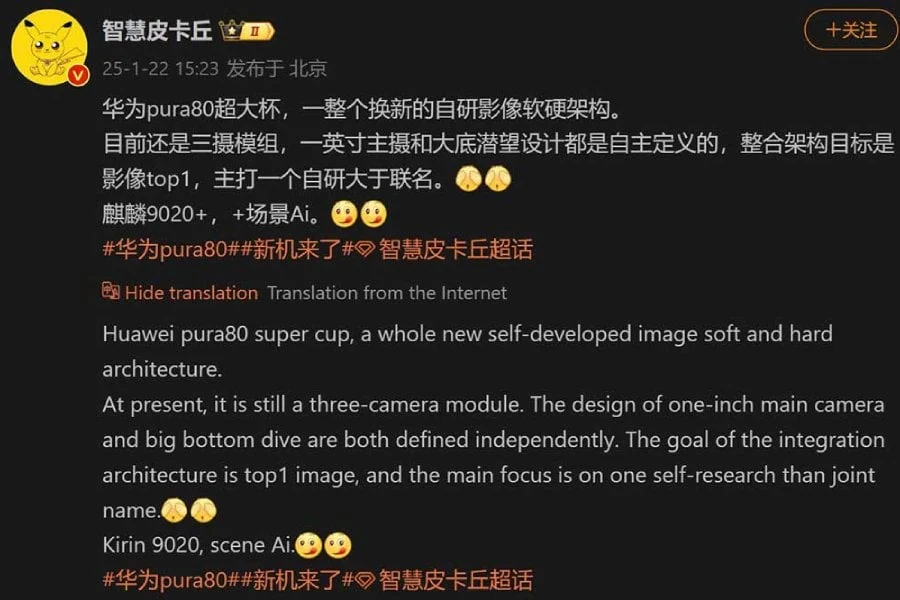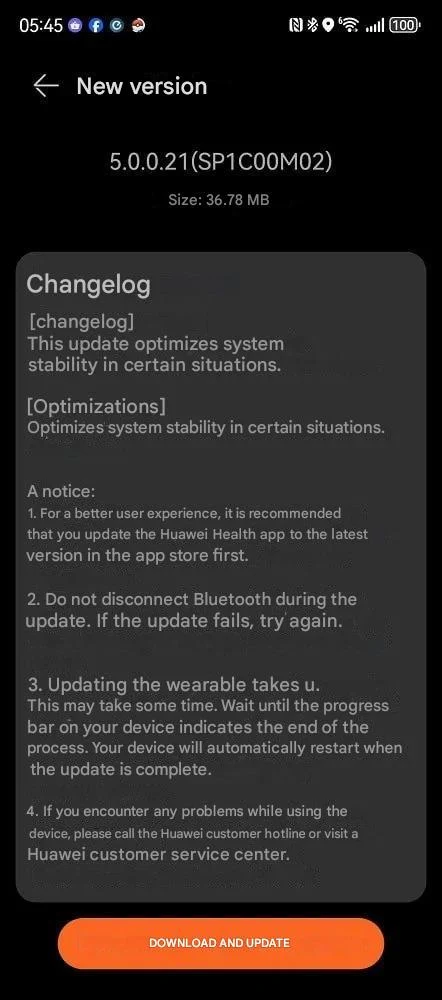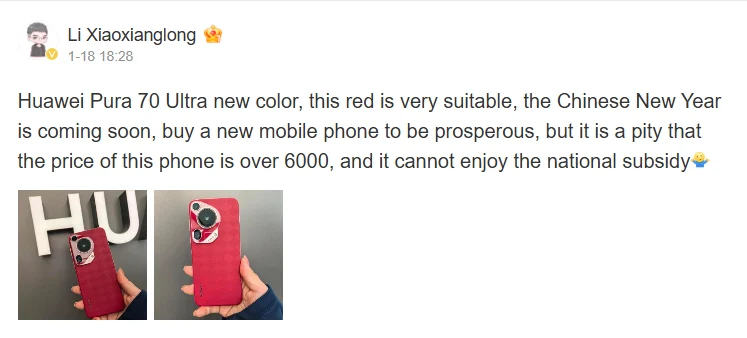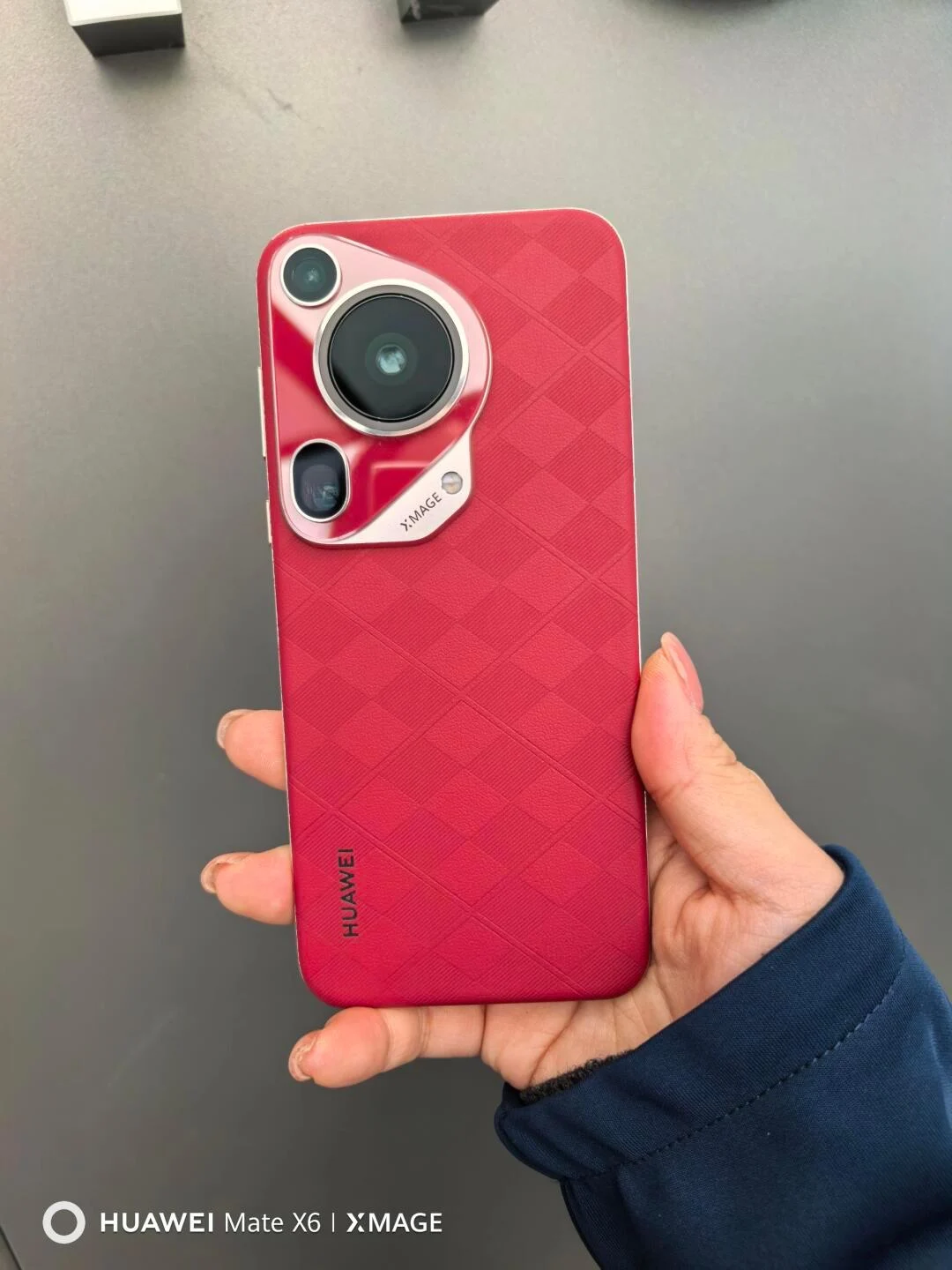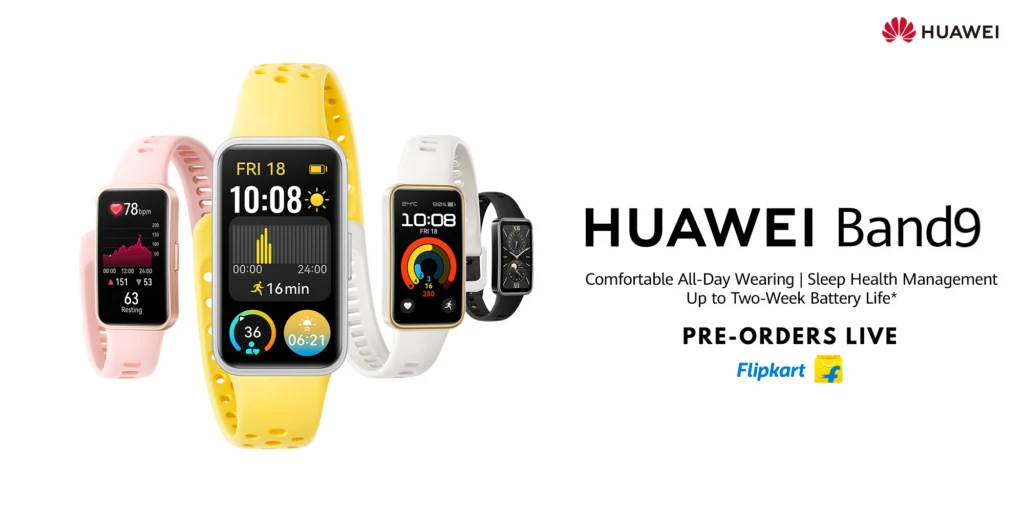Huawei has begun to distribute a fresh update for the Watch D2, which was introduced last year as a modernized version of the previous Watch D. A standout feature of this model is its capability to keep track of blood pressure levels.
Update Details
Recently, a number of users have noted the software update version 5.0.0.197(C00M03), with a file size of 55.93MB. The change log mentions system stability enhancements for “specific situations,” although it does not elaborate on what these situations are. More notably, the update brings a new keyboard function to the smartwatch. Dubbed an “input method” in the release notes, this feature allows users to modify alarm names and respond to SMS messages. One user on Android verified that it successfully worked for a WhatsApp message. Other users have suggested that you can make the keyboard appear by creating a new alarm and choosing “Alarm label.”
Global Release
The update for the Huawei Watch D2, version 5.0.0.197, seems to be rolling out to users all over the world. It’s probably a phased rollout, but there’s no clear timeline on when the software will be available to everyone. Once it’s accessible in your area, you can initiate the installation process through the Huawei Health app.
Source:
Link


